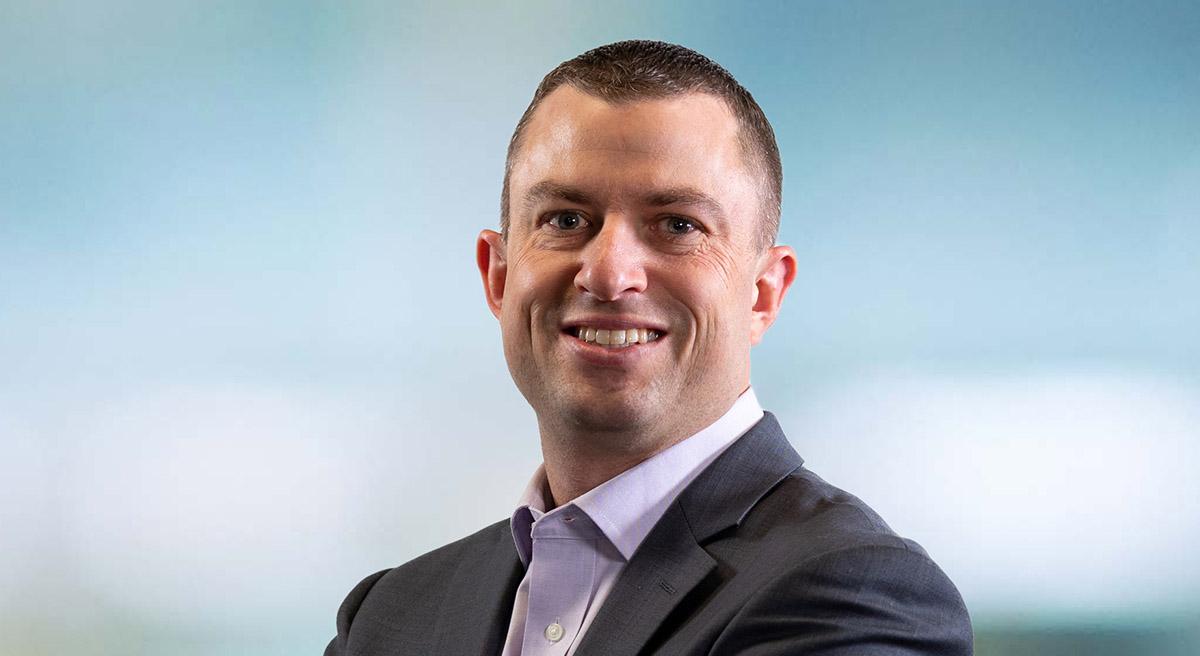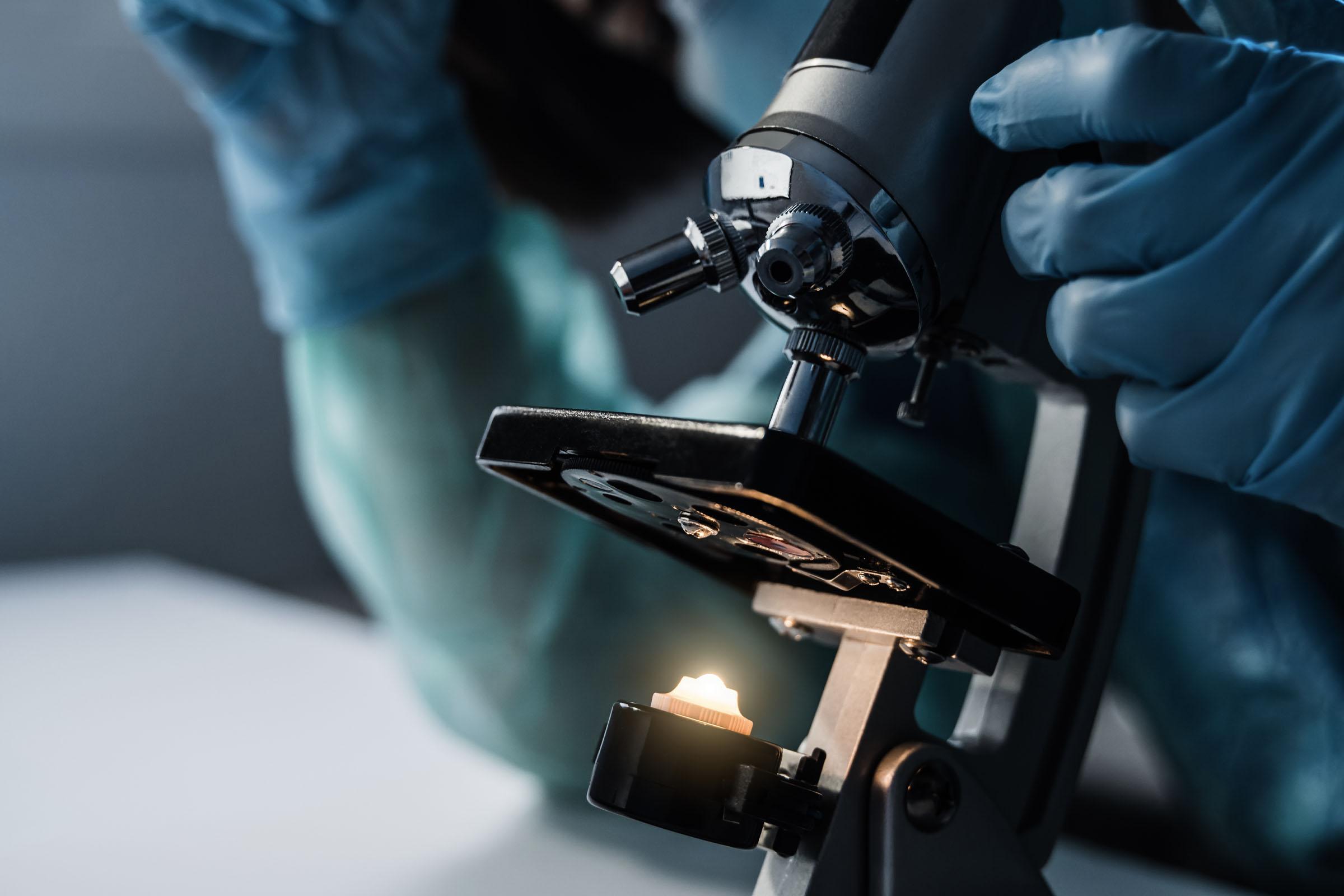Blog
Engage with LMI thought leaders as they present timely insights, research and innovation, company news, culture stories, and perspectives on a variety of issues and topics.
-
 Blog
BlogMarch: National Ethics Awareness Month and the Use of a Medicare Voluntary Advance Directive Framework
Driving innovation for a better tomorrow, LMI offers advanced analytics and digital capabilities and a dedication to enhancing public health, making it a uniquely qualified choice to develop a Medicare Voluntary Advance Directive Framework.
-
 Culture News
Culture NewsEmployee Spotlight: Meet Jamechia D. Hoyle
LMI has by far been my favorite place to work. It is an amazing feeling to show up in the work environment as your “whole self.” I feel valued and a part of a culture that is not only committed to the mission, but also committed to the workforce.
-
 Innovation at the Pace of Need™
Innovation at the Pace of Need™Where Insight Meets Innovation
Possibility starts with people. Our project teams push the boundaries of capability for our customers. We integrate extensive federal expertise with emerging technology experts to rapidly develop creative solutions.
-
 Culture News
Culture NewsEmployee Spotlight: Meet Scot Stitely
Scot joined LMI when it acquired Suntiva in 2021. He and his team are responsible for LMI’s strategic planning activities such as identifying growth targets and offering development strategies for customers in the defense and space markets.
-
 Insights
InsightsThe Time to Get Ahead of Telehealth Fraud and Abuse Is Now
The pandemic illustrated telehealth’s importance for our healthcare system but payers must get ahead of fraud and abuse issues to make telehealth effective.
-
 Insights
InsightsHow Value-Based Care Can Improve for Patients, Providers and Payers Post COVID-19
The federal government has focused on value-based care to increase efficiency in healthcare. Here’s what we must do to ensure the model’s success.
-
 Insights
InsightsPreparing for the Next Pandemic With DPA Title III
Information-sharing and additional resources will help bolster what we learned from the DPA during the current pandemic.
-
 Innovation at the Pace of Need™
Innovation at the Pace of Need™Strategies and Tactics for Engaging High, Medium, and Low Performers
Organizations with a positive team culture tend to have more engaged, higher performing employees.
-
 Insights
InsightsWhy Climate Change Belongs on Your Financial Report
Extreme-weather events pose considerable fiscal risk to agencies’ assets and operations. Learn why disclosure of climate-related risk is integral to an agency’s financial reporting.

Sign Up for Our Newsletter
Sign up to receive news and updates from LMI.
